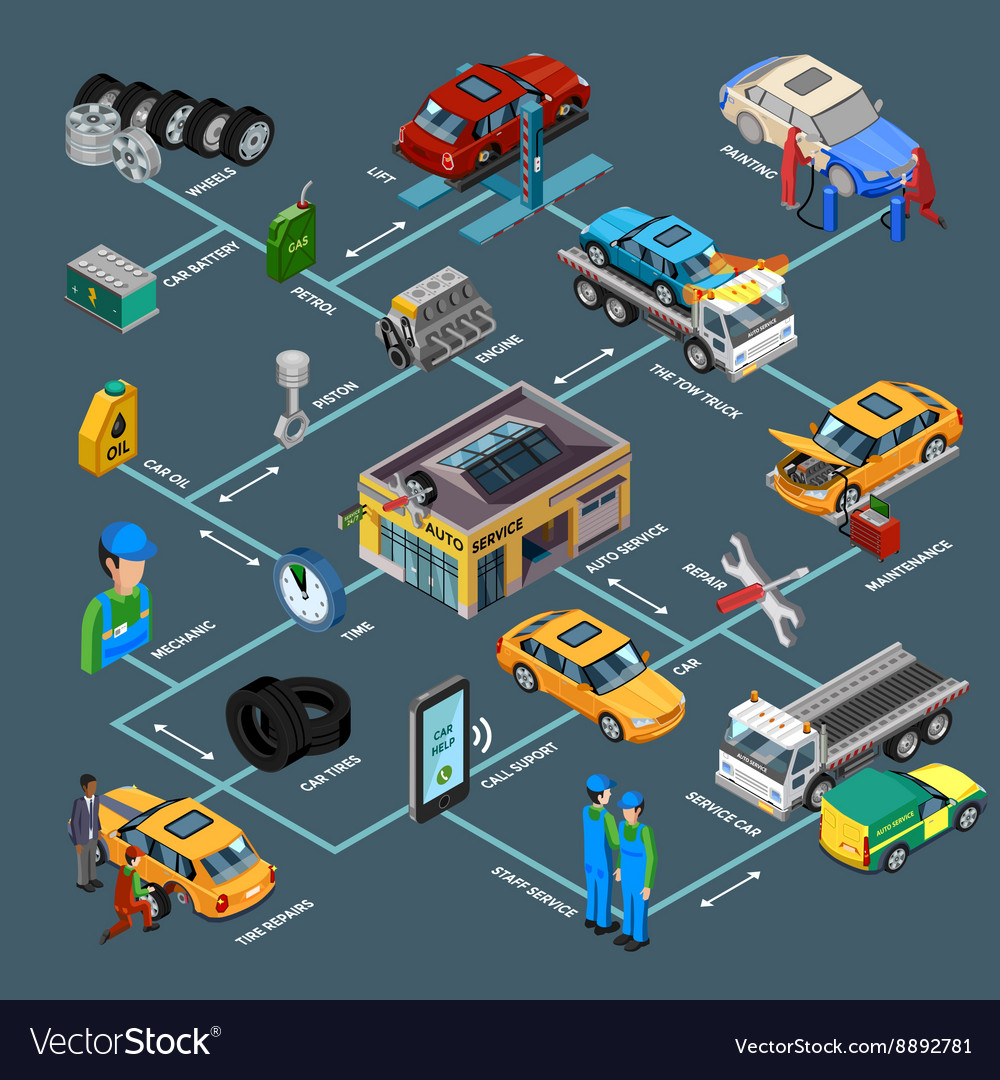Comprehending Your Auto'S Warning Lighting: What Do They Truly Mean?
Comprehending Your Auto'S Warning Lighting: What Do They Truly Mean?
Blog Article
Authored By-Cummings Dreier
When you lag the wheel, those glowing caution lights on your dashboard can be a bit puzzling. Do you recognize what they're attempting to tell you regarding your vehicle's health? Understanding the significance of these lights is essential for your safety and security and the durability of your car. So, the next time one of those lights pops up, would not you wish to understand its message precisely and take the needed actions to resolve it?
Common Warning Lights and Interpretations
Identify usual caution lights in your car and comprehend their meanings to guarantee secure driving.
One of the most typical warning lights consist of the check engine light, which indicates issues with the engine or emissions system. If Discover More Here comes on, it's essential to have your vehicle checked without delay.
The oil pressure warning light shows reduced oil pressure, requiring immediate interest to stop engine damage.
A flashing battery light might suggest a malfunctioning billing system, possibly leaving you stranded otherwise addressed.
The tire pressure monitoring system (TPMS) light notifies you to reduced tire pressure, impacting automobile security and gas performance. Disregarding this can cause hazardous driving problems.
The abdominal light indicates a trouble with the anti-lock braking system, compromising your ability to stop quickly in emergency situations.
Last but not least, the coolant temperature level alerting light warns of engine overheating, which can lead to extreme damage otherwise solved swiftly.
Recognizing these usual caution lights will help you address issues without delay and preserve safe driving problems.
Relevance of Prompt Focus
Understanding the usual caution lights in your car is only the primary step; the significance of promptly resolving these warnings can not be highlighted enough to guarantee your security on the road.
When a warning light illuminates on your control panel, it's your automobile's method of connecting a possible problem that needs focus. Neglecting these warnings can lead to a lot more extreme problems down the road, compromising your safety and security and possibly costing you extra out of commission.
visit the up coming site to cautioning lights can prevent failures and crashes. As an example, a blinking check engine light might indicate a misfire that, if left neglected, can cause damage to the catalytic converter. Addressing this immediately can conserve you from a pricey repair service.
In a similar way, a brake system warning light could indicate reduced brake fluid or used brake pads, critical components for your safety when driving.
Do It Yourself Troubleshooting Tips
If you see a warning light on your control panel, there are a few DIY troubleshooting tips you can try prior to looking for specialist assistance.
The first step is to consult your vehicle's manual to comprehend what the details warning light suggests. Occasionally the issue can be as straightforward as a loose gas cap triggering the check engine light. Tightening up the gas cap might solve the problem.
An additional common concern is a low battery, which can cause numerous alerting lights. Inspecting the battery links for deterioration and ensuring they're protected may repair the issue.
If https://rivermgaus.blogdal.com/28084039/this-guide-supplies-a-methodical-method-to-altering-your-vehicle-s-oil-offering-detailed-directions continues, you can try resetting it by disconnecting the car's battery for a couple of mins and afterwards reconnecting it. Additionally, checking your lorry's fluid levels, such as oil, coolant, and brake fluid, can assist troubleshoot warning lights related to these systems.
Verdict
To conclude, understanding your vehicle's caution lights is important for maintaining your car running efficiently and securely. By quickly addressing these alerts and understanding what they indicate, you can avoid costly repairs and possible break downs.
Bear in mind to consult your vehicle's guidebook for particular information on each alerting light and do something about it appropriately to guarantee a hassle-free driving experience.
Stay educated, stay risk-free when driving!
